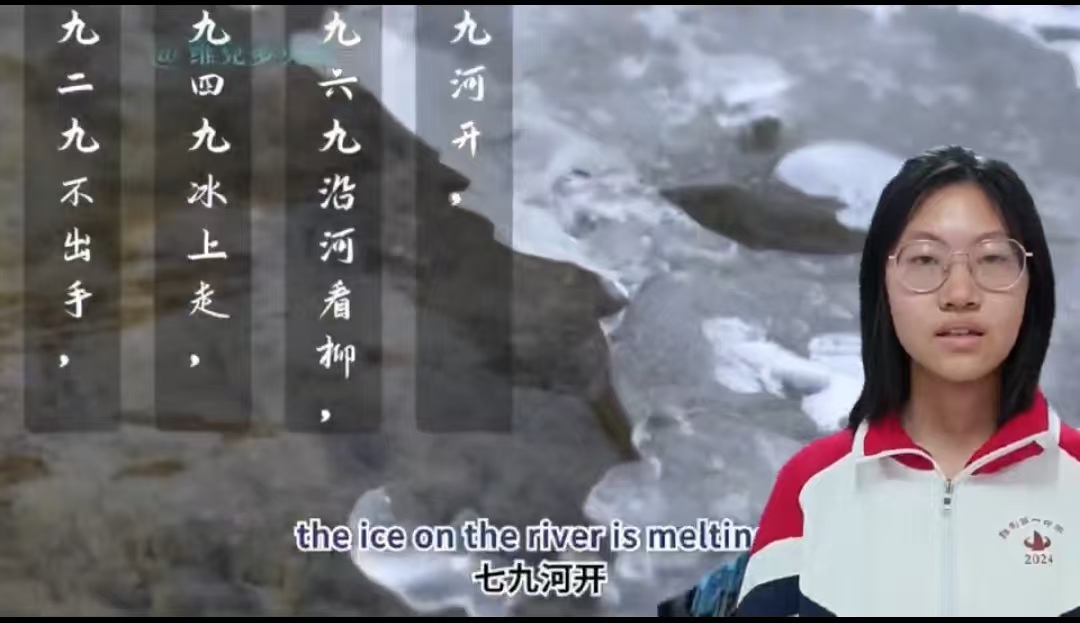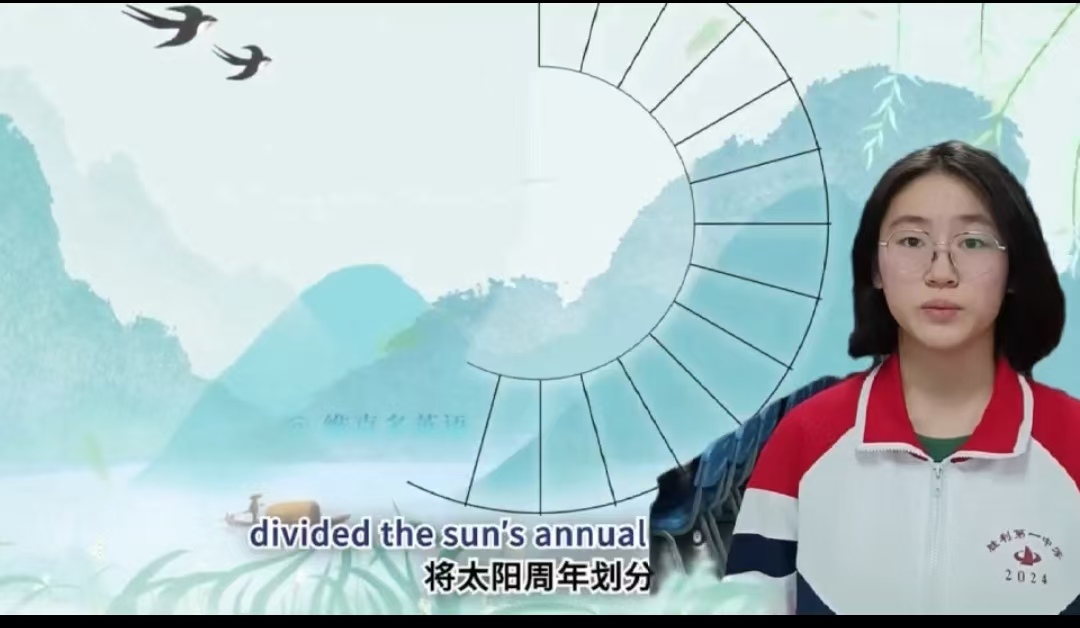用英语讲中国文化——冬至
Over 2000 years ago, ancient Chinese scholars observed the changing patterns in our natural world. The climates, the turning of the seasons and astronomy. The scholars divided the sun's annual movement into 24 equal parts, creating the 24 solar terms which were used to govern agriculture in ancient China. Even to this day, this invention still guides the lives and traditions of hundreds of millions of Chinese people.
Winter solstice, or dongzhi in Chinese, is the 22th solar term of a year. It usually falls around December 20, when the daytime is the shortest and the night is the longest. Winter solstice was the first settled solar term in the Chinese history. It dates back to the spring and autumn period, when the ancient Chinese celebrated the day as the beginning of a new year. In many parts of China, as well as ethnic minority groups, winter solstice is still considered as a very important day.
The celebration of the last solar term of the year indicates that a new year is fast approaching.
A Chinese proverb describes the 15 days after winter solstice, as three periods of waiting: waiting for earthworms to curl up their bodies, waiting for elks’ antlers to break off and waiting for springs in the mountain to flow, which are all signs of yang energy sprouting.
Counting Nines. The days after winter solstice are divided into nine sections, with 9 days for each.
After 81 days, spring is said to be arriving. In the first and second nine, people put their hands in their pockets. In the third and fourth nine, people walk on ice. In the fifth and sixth nine, people see willows budding. In the seventh nine, the ice on the river is melting. In the eighth nine, swallows appear. And in the ninth nine, the farm cattle walk around the farmland.





